FUNDAMENTALS |
BELIEFS A — Z |
|
INSPIRATION |
ENCYCLOPEDIA |
|
Homo Rudis The evolution of the human brain size. Life Energy FundamentalsWe call our species Homo sapiens, man of reason. That can be discussed, if we look at the many shortcomings of civilization through history. We reason, but not always that very well. Nonetheless, our species is one that constantly analyzes the world, and reaches conclusions about it. We are a reasoning species, and have been so, as long as we have had this strikingly over-dimensioned brain of ours. Anthropologists tell us that the human brain started to grow beyond the size of other primates at least two million years ago. Its original size was 400 cc (cubic centimeters), about the same as for a chimp, and the present size is around 1400 cc. It was 1200 cc, which is within the variations of present day brains, more than a quarter of a million years ago. So, it is safe to say that we have been thinking and reasoning for very long. Most of this time was before we had any more knowledge of the world and ourselves than other animals did. We had neither telescopes nor microscopes. We did not even have an alphabet by which to write down discoveries made, so that following generations could profit from them. Writing is believed to have appeared around the 4th millennium BC, actually with the need of accounting. I call the primeval state of mankind Homo rudis, ignorant man. Their brains were as big as ours, but they had nothing else to work on than what they could see and hear and touch in their environment. For most of the time from the dawn of our species until the present, they did not even have a language capable of transmitting thoughts as sophisticated as their brains could come up with. Actually, we still often find ourselves at a loss for words to describe what goes on in our minds. The Greek philosopher Gorgias (483-378 BC) stated the limits of human knowledge very bluntly: Nothing exists, and if anything did exist, it could not be known to do so, and finally, if it could be known to exist, that knowledge could not be communicated. Homo rudis was not only unable to transmit complex thoughts, but also lacked the knowledge and science to reach such thoughts. Did he still come up with them? I am sure of it. That big brain had to do something. Homo rudis speculated at length about the world, life, and everything else that he observed around and within himself. What he could find out depended on how much of previous human knowledge was accessible to him, and what tools he had at his disposal to analyze the world — but he certainly reached conclusions. This is evident when we study the remains of ancient cultures, as well as the many different cultures existing on the planet today. People have always come up with theories and explanations, and trusted these as much as their own experience allowed.
Life and deathSo, let's start like Homo rudis, and ask what we can find out about ourselves. In short: We are born, we live for a while, and then we die. This we know, although we are not that clear about what it implies or signifies. Yet, we are mortal, and we know it.Without death, we could probably not be aware of being alive. Maybe there could be no life at all. But there is death — whatever that is — so we can investigate life, and wonder about its essence. As far back as we can trace human thought, it has been greatly occupied with this question: What is life?
Next
About CookiesMy Other Websites
Qi Energy ExercisesThe ancient Chinese life energy qi (chi) explained and how to exercise it.
Creation MythsCreation stories from around the world, and the ancient cosmology they reveal.
Cosmos of the AncientsWhat the Greek philosophers believed about the cosmos, their religion and their gods.
TaoisticTaoism, the ancient Chinese philosophy of life explained. Also, the complete Tao Te Ching online.
Other Books of Mine
The Greek philosophers and what they thought about cosmology, myth, and the gods. Click the image to see the book at Amazon (paid link). |
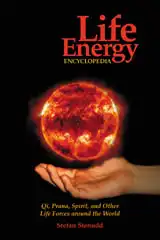 Life Energy Encyclopedia
Life Energy Encyclopedia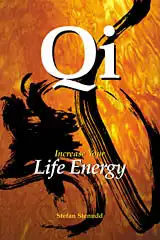 Qi — Increase your life energy
Qi — Increase your life energy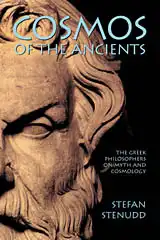 Cosmos of the Ancients
Cosmos of the Ancients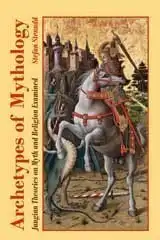 Archetypes of Mythology
Archetypes of Mythology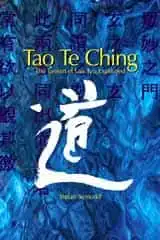 Tao Te Ching
Tao Te Ching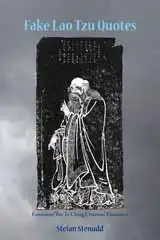 Fake Lao Tzu Quotes
Fake Lao Tzu Quotes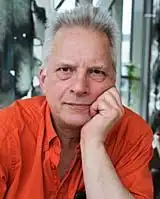 Stefan Stenudd
Stefan Stenudd